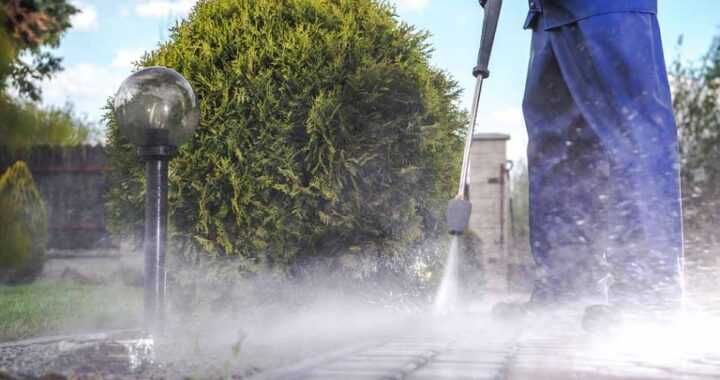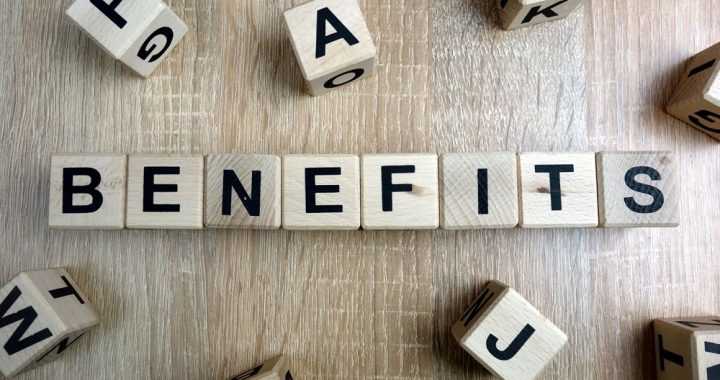
What Processes Are Required To Waterproof A Building’s Surface?
One of the things that many people take for granted, is the ability of a building to remain water tight over time. Perhaps when the building is first being constructed, owners would reflect concerns of the possibility of water leakages. However, over time due to a lack of knowledge of how a building is kept waterproofed, they gradually let down their guard. It is precisely at such periods that water leakages start to emerge, creating inconvenience and endangering lives if left unchecked for sufficient time. Therefore, in this article we aim to educate both home and office owners on the processes involved in waterproofing a building’s surface. This is particularly important for weather exposed surfaces such as the roof, balcony and walls.
For starters, a waterproofing membrane is a thin layer of material that prevents water from reaching the surface below which it is placed over. While a variety of materials may be used here, they commonly have a water absorption rate below that of four percent. Two common types of membranes are adhesives and liquids. Each offer varying advantages and disadvantages, and thus are best suited for different situations. Typical parameters that are used to compare include degree of strength, flexibility of application, tear resistance and duration required for setting.
Sheet based membranes are famed for the ease of application and are considered to be a low risk solution. As the name suggests, sheets of waterproof membranes are laid next to each other, covering the surface. Thereafter, their joints are sealed off, as such the time required for curing is relatively little. Sheet based membranes are featured for large open surfaces due to the ease and speed of application. Additionally, it relies less on the skill of the company’s employees due to its simplicity. Where sheet based membranes tend to fall short lies in awkwardly shaped surfaces whereby sheets are ineffective in covering.
On the other hand, liquid based membranes can be applied to any surface. Being a liquid, the membrane can be spread using a brush or roller brush. After which, a relatively longer curing time is required as the liquid needs time to solidify. Importantly, the liquid can flow into corners and hard to reach areas, thus allowing it to waterproof any place. For countries with a hot and humid climate, liquid based membranes do tend to perform better. However, drawbacks of liquid waterproofing membranes include being highly dependent on the contractor’s individual skill in application of the membrane as well as lower durability. As such, owners who utilize liquid based membranes will require more regular maintenance works as opposed to sheet based membranes.
As seen in this article, waterproofing is hardly a simple process and should not be taken for granted. Regular maintenance is required to ensure that the membrane remains in working condition through the seasons.





